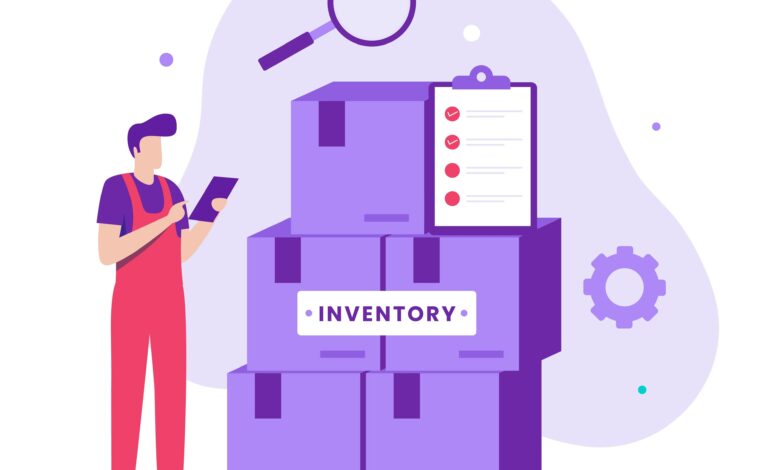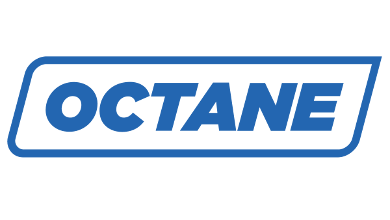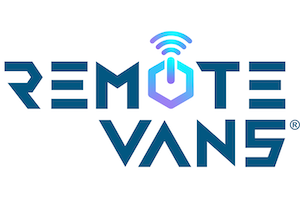SMI: Are You Exceeding Your Towing Capacity?
Tips for preventing the accumulation of slow-moving inventory at your dealership.

For those unfamiliar with the term SMI, it stands for “slow-moving inventory,” a phrase that I developed many years ago to denote goods that are not moving through your parts and accessories inventories as quickly as they should. Since one of the themes for May’s issue of RV PRO is towing and hitches, I thought that discussing the towing capacity for SMI in your parts and accessories inventory might be appropriate for this two-part column, which will continue in the June issue of RV PRO.
To better evaluate the value of the SMI in your parts and accessories inventories, it is necessary to define SMI for the possible components of those inventories. For items that are considered parts and accessories for the RVs that you might sell and service, SMI is any item that has not incurred a demand in more than nine consecutive months and was received at least 12 months previously.
SMI Towing Capacity
To determine the SMI capacity for your parts and accessories inventories, you will need to know the acceptable upper limits for SMI. For parts and accessories, SMI should not exceed 15% of the total inventory value.
Using the reporting function of your dealership management system (DMS), you should be able to generate a report (or a series of reports*) that identify those parts and accessories that have not incurred a demand in more than nine months and were received into your database at least 12 months prior.
*Series of reports: If you classify your parts and accessories based on similar characteristics, it could be more productive to create an SMI report for each of those classes. For instance, you might have classes such as towing/hitches, sanitation, electronics and similar such groupings.
Having generated your SMI report (or reports), you should divide the total cost of the SMI by the total cost of the inventory you are evaluating. Perhaps a few examples will assist in your evaluation calculations.
Example 1 – SMI for the entire parts and accessories inventory
Items qualifying as SMI = $53,950.41
All parts and accessories items = $234,567.00
SMI% = $53,950.41 ÷ $234,567 yields a 23% SMI
Example 2 – SMI for one class of your parts and accessories inventory
Items qualifying as SMI = $9,678.76
All items in this class of parts and accessories inventory = $34,567.00
SMI% = $9,678.76 ÷ $34,567.00 yields a 28% SMI
To identify the SMI culprits as well as evaluate your entire parts and accessories inventories for other Inventory Performance Factors (IPF), I suggest that you assign each item to a specific class based on similar characteristics or functions. This enables you to generate reports based on each of the classes so that you are reviewing and taking action on a smaller subset of items.
Hauling Too Much SMI – Now What?
There could be two aspects of your plan to deal with SMI. These involve elimination of existing SMI and prevention of future SMI. Since it is important to prevent accumulation of future SMI while you are concurrently eliminating the existing SMI, let’s discuss some factors that could be in your SMI prevention plan.
The biggest contributors to SMI are frequently ordered special items for a customer, whether they are directly ordered by the customer or by one of the other departments in your RV business. Some factors that you could include in your special order process to minimize the chance for error are:
-
- Collect and verify the VIN to specifically identify the RV.
- If a material finish is related to the item being ordered, confirm the exact color, material, etc.
- Locate the item on the RV relative to front, rear, left, right, roof, undercarriage, etc.
- If the customer has driven to your business in the RV, take a few photos with your cellphone or a digital camera – a photo is a good reference for the item after the customer leaves.
- If the customer is contacting you via phone, text or email, suggest they send photos of the item being requested and of the RV.
- Follow these same steps when an item is being special ordered by an employee of another department.
Another factor that could minimize SMI accumulation via your special order process is to have a second parts associate confirm that the item has been accurately researched before placing the order for the item.
Some special order items for RVs could be bulky and subject to damage in transit. So, upon receipt of the special order item, carefully inspect its condition as well as the color, material, etc. before contacting the customer to advise them that the special order has arrived.
The extra effort that you take before ordering a nonstock item will easily offset any additional efforts if the wrong item is ordered, and your efforts will enhance the customer’s experience with your business.
A second factor in the prevention of SMI accumulation is related to the parts manager’s understanding of and compliance with the various suppliers’ policies for the return of goods. It is important that the parts manager be familiar with these policies. These policies can and do occasionally change and should be obtained in print rather than relying on the supplier representative’s verbal statements. This information can be used to customize your business’ special order policies to comply with the specifics of the suppliers’ policies. For instance, if a supplier will not accept returns, especially of special ordered goods, then your parts manager could include a policy that special order goods are nonreturnable unless the return is due to an employee’s error.
Anything Else?
Tracking all demand, which includes lost sales, is also important to the prevention of SMI. Through at least monthly review and analysis of demand for parts and accessories products, vigilant parts managers can order those goods that customers are requesting in quantities necessary to ensure that all demands are filled, yet not in excess of those demands.
By factoring in the seasonality of some parts and accessories, they can also adjust the stock level of those seasonal items as those demands ebb and grow. This minimizes the chances that an item might go out of demand while having excess on hand.
Assuming I have explained thoroughly the advantages of and procedures for an SMI prevention program, you could be on the road to minimizing accumulation of future SMI while concurrently addressing the elimination of your existing SMI. Tune in next month for some tips on minimizing and possibly eliminating your existing SMI.



